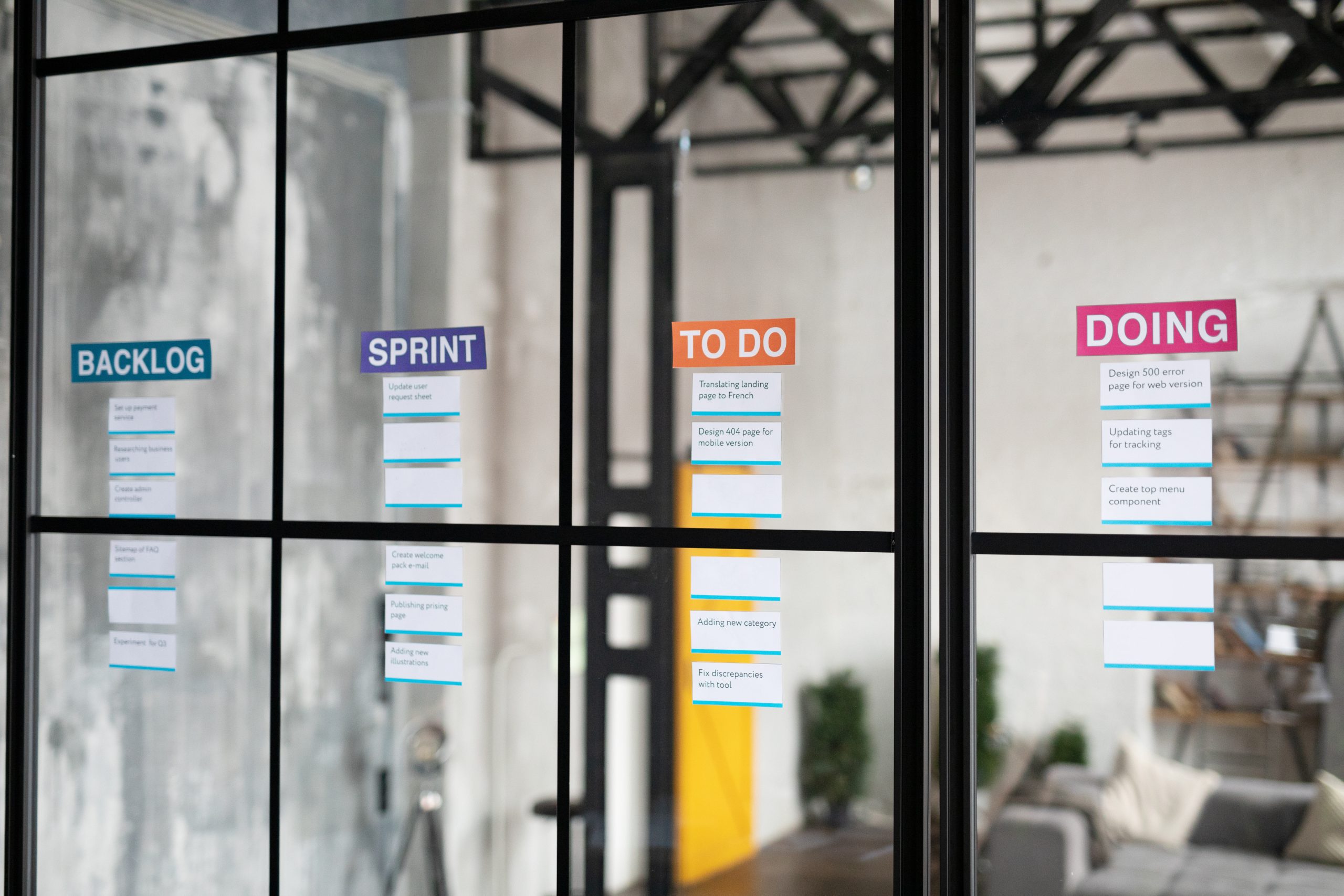Kanban is a methodology that uses the visualization of the project backlog using boards. Kanban is a simple yet highly effective methodology that brings a high added value to agile development.
Kanban is based on three columns that make up a board. These columns contain tasks divided by their status:
- to do
- in progress
- done
It’s useful for all team members to also include the following columns:
- on hold
- blocked
- suspended
- in review
In the online application, tasks are moved between boards by drag&drop. The goal is to minimize the number of tasks that are in progress.
Kanban boards are often used as a useful element in other approaches as well. The visualization helps all team members to see where the project stands and everyone can focus on their tasks.
Scrum borrows the Kanban method for more efficient task execution and Scrumban was born.
Added value
Kanban has a broad added value people don’t often realize:
- great visibility of current status and future plans and needs
- enables higher predictability
- it enables simpler and more efficient communication
- magnified agility
- supports continuous improvement
- it is cost-effective
- enables to identify bottlenecks in a simple manner
- increases transparency and team collaboration
Kanban is suitable
- especially for projects where larger tasks can be broken down into simpler tasks;
- even for larger teams;
- and for non-IT projects where you need to make sure that all the tasks necessary to complete the project have been completed or have a reason for being put on hold.
If you think of any questions while reading, please do not hesitate to leave us a message. We will be happy to answer them and update the article.


